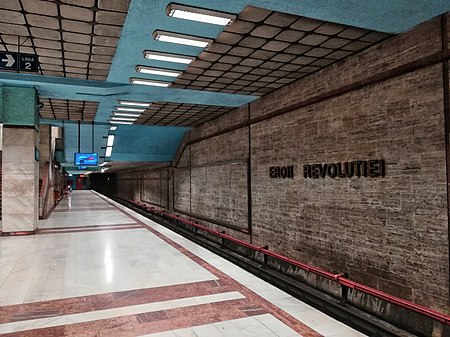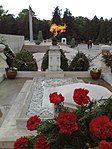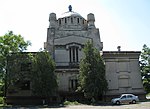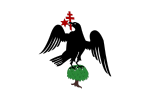Eroii Revoluției metro station
1986 establishments in RomaniaBucharest Metro stationsEuropean rapid transit stubsRailway stations opened in 1986Romania transport stubs ... and 2 more
Romanian railway station stubsWikipedia page with obscure subdivision

Eroii Revoluției (English: Heroes of the Revolution) is a metro station in Bucharest, on Bucharest Metro Line M2. It was initially named Pieptănari, but the name was changed to commemorate those people who died during the Romanian Revolution of 1989. The station was opened on 24 January 1986 as part of the inaugural section of the line, from Piața Unirii to Depoul IMGB.
Excerpt from the Wikipedia article Eroii Revoluției metro station (License: CC BY-SA 3.0, Authors, Images).Eroii Revoluției metro station
Bulevardul Pieptănari, Bucharest
Geographical coordinates (GPS) Address Nearby Places Show on map
Geographical coordinates (GPS)
| Latitude | Longitude |
|---|---|
| N 44.404236111111 ° | E 26.096558333333 ° |
Address
Bulevardul Pieptănari
Bulevardul Pieptănari
050213 Bucharest (Sector 4)
Romania
Open on Google Maps









